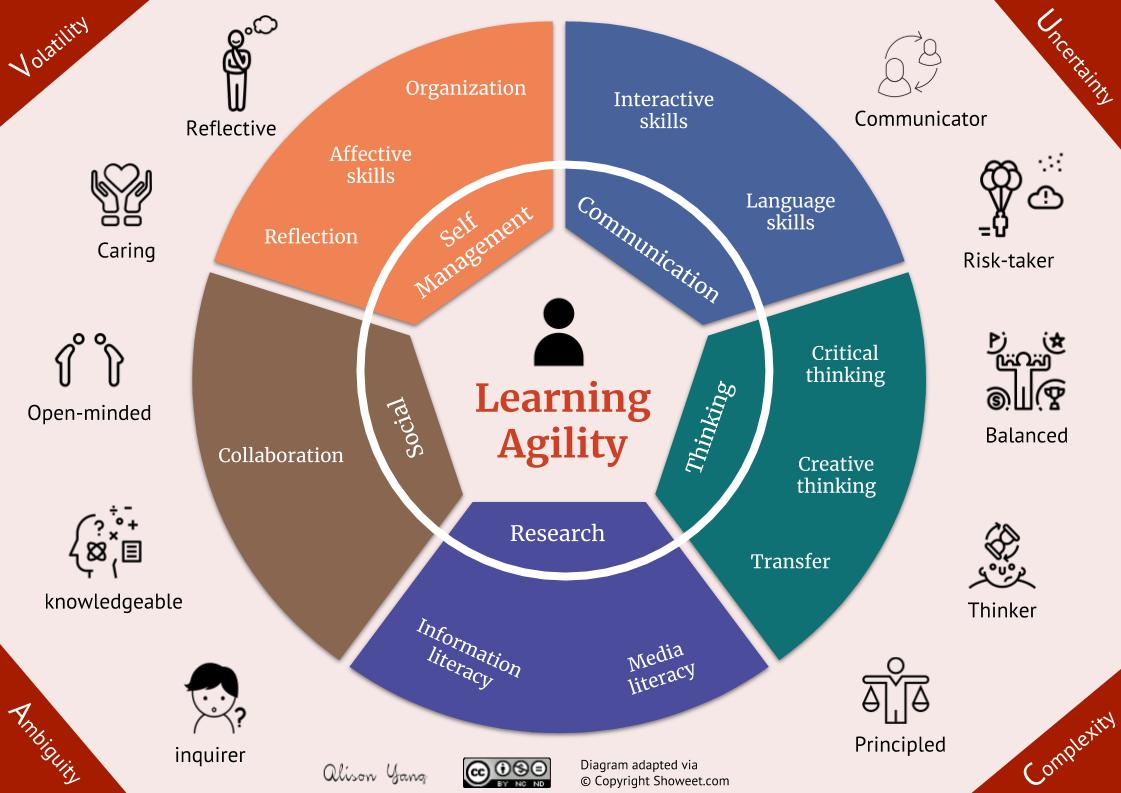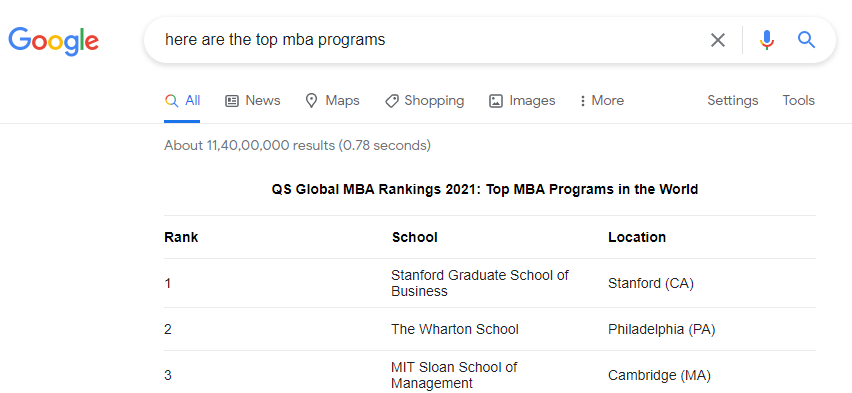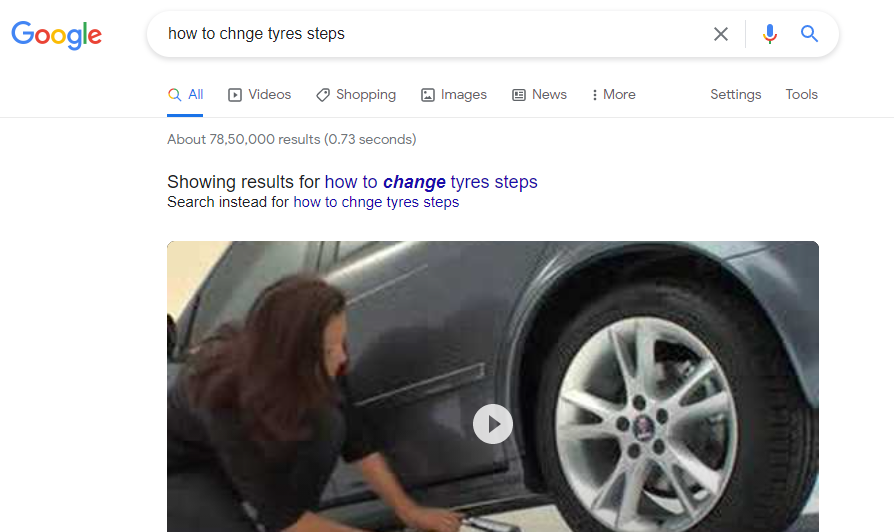
Google aims at answering users queries directly and clearly – enter featured snippets! Featured snippets are quick answers that appear above organic search results. Ask Google – Who is the President of the United States? Or How Many Calories in a McDonald’s Burger? – and the answer will appear in a special block of its own with a short description or some factual detail.
Websites and content creators must optimize their content to be featured – the incentive is huge! Being featured means more traffic and increased click through for your web page. A featured snippet has far more real estate and gains more exposure than any other result on that page, resulting in establishing credibility and trust. Relevant traffic coming through will improve conversion and engagement.
Read on – in this article, we talk about what featured snippets are, the different types of snippets, how they differ from rich snippets, and how exactly you can optimize your content for Google’s featured snippets.
Who We Are
A featured snippet is Google’s answer to a query, displayed at position zero, above organic search results. As per Google, featured snippets “enhance and draw user attention on the results page”. Featured snippets are easy-to-read, authoritative answers that directly answer a user’s search query.
This featured snippets is a block at the top of the search results page, containing a summary of the answer and a link to the web page it is extracted from. Featured snippets aim to answer the user’s query right away and typically answer who, what, when, why, how to type questions.
What are the Different Types of Featured Snippets?
There are four different types of featured snippets:
1) Paragraph Snippets – The most common type of snippet, paragraph snippets are text answers within the featured snippet block. They may also feature an image alongside. They answer “How To / Who is/ What is” type search queries.
2) List Snippets – List snippets are answers in a step-by-step form, numbered list, or a bulleted list. They answer queries on recipes, DIY tasks and “How Do I/ Best of” type queries.

3) Table Snippets – For structured data, Google can reformat content into tables for better readability. These type of table snippets answer questions on pricing, rates, and data.

4) Video Snippets – Google can also construct answers from Youtube and video descriptions. Any query that meets the criteria for being answered through a video can feature this snippet.

Some More Examples of Featured Snippets:
We’ve talked about the different kinds of featured snippets above – Google chooses the best way to answer a user’s query. Here are some more examples to help you understand further:
1) Asking Questions as a user – How to Change a Tyre? Google provides step-by-step clear answer.

2) DIY Questions answered – How Can I paint My Own Room? Google answers the question with some video guidance from Youtube.


